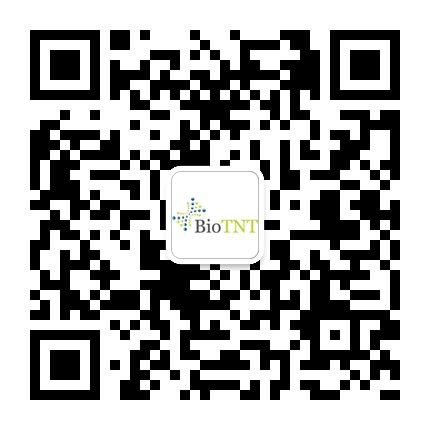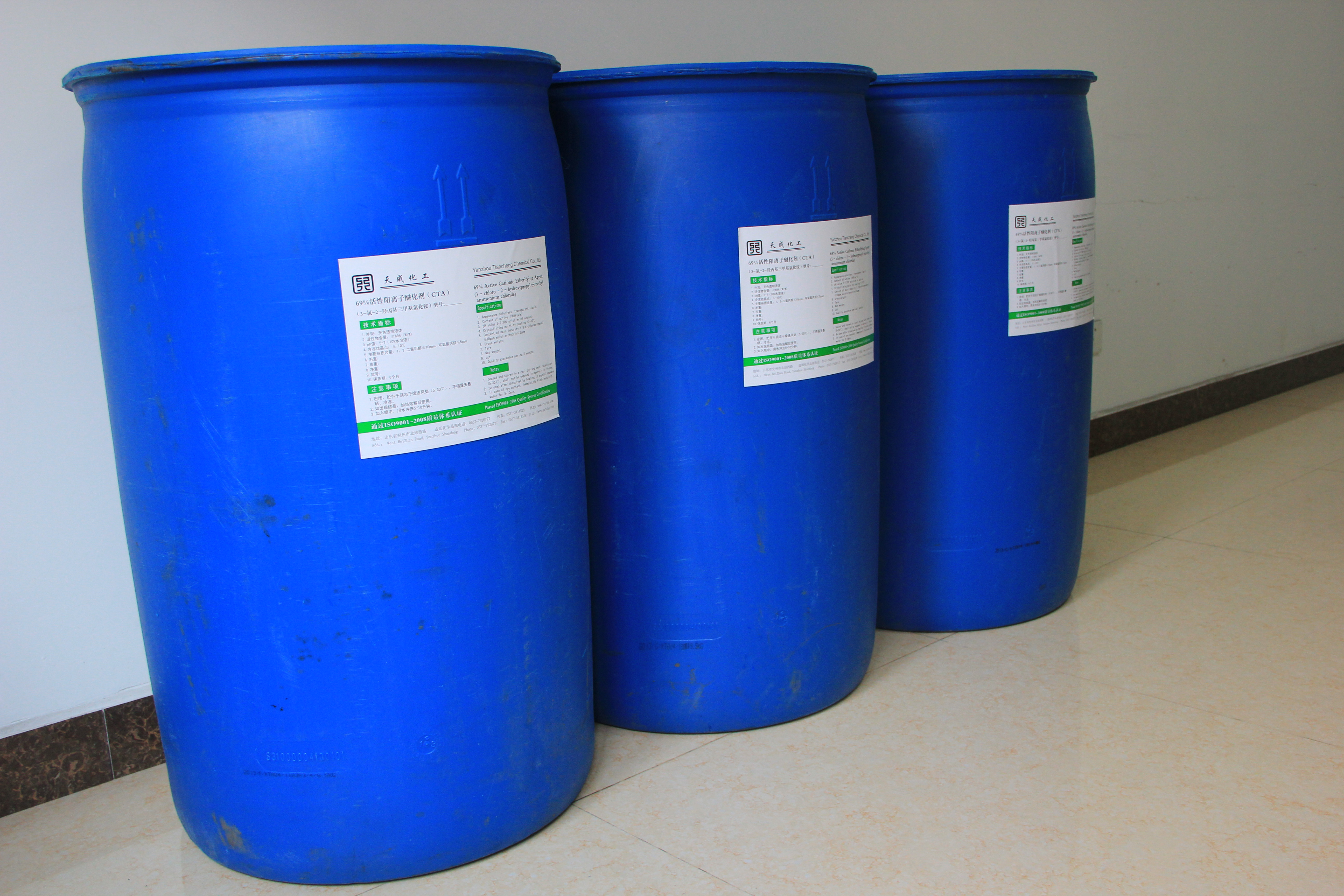version number
BioTNT qPCR Primer Assay for specific mRNA genes
Catalog Number: SER-PCR – Number (500T);
Instruction Part A
First, the product introduction:
This kit is based on the most reliable SYBR® Green-based quantitative real-time PCR kit and uses gene expression analysis.
Our experiments validate amplification reaction conditions with uniform, efficient and standardized features for gene-specific quantitative PCR.
Each pair of primers has been rigorously tested experimentally.
When the appropriate real time PCR Mix has been used, the appropriate fragment size and high amplification efficiency are guaranteed.
The uniform amplification efficiency and conditions of qRT-PCR Primer pair kits provide an accurate and flexible solution for the detection of multiple gene expression in fluorescence quantitative PCR experiments.
The complete kit instructions consist of part A and Part B. Part A mainly describes the use and precautions of this kit. Part B mainly indicates the specificity of assay.
Second, product features:
This product is suitable for customers with certain q PCR experiment experience or inexperienced customers under the technical guidance of the company.
Third, the preservation conditions:
It can be transported at room temperature. For normal storage, please keep it at -20 °C for 12 months.
Warning: This product is for scientific research purposes only. Do not use it for other purposes such as medicine, clinical treatment, food and cosmetics.
Safety Tip: Some reagents in this product are corrosive or toxic. Do not touch the skin or swallow directly. Wear lab coat, goggles and gloves when handling. If contact with skin, rinse immediately with detergent and plenty of water. Or other critical situations, please go to the hospital in time; some reagents are flammable, please pay attention to fire safety.
Fourth, note:
Please check the kit immediately after receiving the kit. BioTNT will only accept the reagent missing report within three working days after the kit is signed.
Fifth, the kit consists of:
Test agent | Description | T |
qPCR upstream primer | 10× | 1ml (500T) |
qPCR downstream primer | 10× | 1ml (500T) |
Please refer to Part B for other features.
6. qPCR reagents that can be used to ensure results :
BioTNT real time PCR Premix  Item No.: A2010A0112
7. Others that need to be prepared by themselves:
1. Consumables: 0.5 mL or 1.5 mL Eppendorf tube (sterile, enzyme-free, RNase-free; article number), Tips (RNase-free) (1000 μL, 200 μL, 10 μL tip;);
2. Sample CDNA detected;
3. Sterile enzyme-free PCR water (Cat. No.: A2010B0X03);
4, centrifuge; pipette (10μL, 200μL, 1000μL);
5, gloves, masks.
Eight, to prevent RNase pollution, should pay attention to the following aspects:
1. Change new gloves frequently to prevent RNase contamination;
2. Use RNase-free plastic products and tips to avoid cross-contamination;
3. When RNA is in the Rrizol reagent, it will not be degraded by RNase for a short time, but the RNase-free plastic or glassware should be used after the extraction. The glassware can be grilled at 150 °C for 4 hours, and the plastic vessel can be 0.5. Soak for 10 minutes in M ​​NaOH, then thoroughly clean with DEPC water, then sterilize to remove RNase);
4. The preparation solution should use RNase-free ddH 2 O (Cat. No.: A2010B0X03)
Nine, the operation steps:
1. Please mix all reagents (15 seconds);
2. Please match 20μL of each reaction according to the following ratio:
Reaction component | For fluorescent PCR experiments |
Addition (μL) | Final concentration | Remarks |
Real time PCR Premix reagent mixture | 10 | 1× | Item number: |
Upstream primer (10×) | 2 | 1× | |
Downstream primer (10×) | 2 | 1× | |
DNA sample to be tested | 1 | | User provided* |
PCR water | 5 | | |
total capacity | 20 | | |
* Note: If you are not using the cDNA template cDNA BioTNT first strand synthesis kit (NO: A2010B0B01, A2010B0B02) synthesis by reverse transcription, cDNA please appropriately adjusted amounts (1-6μL), adjusted sterile deionized The amount of water is kept so that the total volume is kept at 20 μL ;
*Note: If you are not using BioTNT real time PCR Premix , please do a primer concentration gradient experiment to achieve the best results;
* Note: It is recommended to premix the MIX primers and specimens with PCR water. In the experimental operation, try to avoid using the minimum range of the pipette and minimize the number of samples to reduce the error caused by the sample. In operation, (often replaced) should use gloves contain fluorescent substance, a pipette tip (band filter tipper), can not directly touch the PCR reaction tube / bar / plate.
* Note: If other volume systems ( 5-50μl ) are used, the final concentration should be consistent with the final concentration on the instructions. When formulating the reaction system, pay attention to the method of using the pipette. All the liquid should be slowly added to the bottom of the tube. Do not add to the tube wall. Mix all the liquids with an oscillator. Do not blow with a pipette to avoid Create bubbles. If bubbles are generated, use your fingers to break the bubbles and centrifuge at low speed. After the reaction system was prepared, it was centrifuged at low speed for several seconds, and PCR amplification was immediately performed .
* Most instruments recommend a 20ul system; Roche 's lightcycler  And ABI 7900 , stepone plus , viia7  Can use a 10ul system;
* It is recommended to make double or triple repetitions of the same gene for each sample;
* Set up a negative control ( ie replace it with water when adding samples );
*Recommended to buy BioTNT Â The positive control ( Â Item number : Â A2010B0X10 ); Â And set up a positive control in the experiment ;
1. Centrifuge at low speed for a few seconds, and place your PCR tube/strip/plate according to the instructions of the fluorescence PCR instrument;
2. Select the most suitable experimental reaction conditions from the list below and set the PCR reaction conditions according to the instructions of the fluorescence PCR instrument:
Fluorescence PCR instrument | Follow   ring | Time   between | temperature   degree |
ABI: 5700, 7000, 7300, 7500, 7700, 7900HT, StepOnePlus BioRad: iCycler ® , iQ5, MyIQ Stratagene: Mx3000p, Mx3005p, Mx4000p Eppendorf: Mastercycler® ep realplex | 1 | 5 minutes [1] | 95 ° C |
40 | 15 seconds | 95 ° C |
1 minute [2] | 60 ° C |
Roche*: LightCycler 480® | 1 | 5 minutes [1] | 95 ° C |
45 | 15 seconds | 95 ° C |
1 minute [2] | 60 ° C |
*Note Roche LightCycler 480  ® User: Please adjust the heating rate to 1 °C / sec. See the Instrument Setup Guide for more information on other required changes and melt curve settings.
3. The following instruments use a three-step cycle program:
Fluorescence PCR instrument | Follow   ring | Time   between | temperature   degree |
BioRad: CFX96, CFX384, Opticon, Opticon 2, Chromo 4 (MJ Research) Takara: TP-800 All other instruments | 1 | 5 minutes [1] | 95 ° C |
40 | 15 seconds | 95 ° C |
20 to 30 seconds | 60 ° C |
30 seconds [2, 3] | 72°C |
[1] 95 °C  The 5 minute step is to activate the hot start DNA polymerase.
[2] Detect and record fluorescent dye fluorescence signals at the end of each cycle extension.
[3] Different instruments need to detect fluorescent signals for different lengths of time. Please choose the appropriate extension time according to your instrument.
Examples of reaction conditions: 95 ° C 5 minutes → 95 ° C 15 seconds → 60 ° C 30 seconds (reading the plate) → dissolution curve analysis;
40 cycles
Note: The above reaction conditions are the reaction conditions on the ABI stepone plus using the BioTNT dye method premix (Cat. No. A2010A0112). Please note that the first step of 95 ° C for 5 minutes is the hot start feature of BioTNT premix. If using other company's premix, please adjust the reaction time of this step.
X. Judgment of experimental results :
i. The melting curve of the reference gene of the positive control (or the positive template of the client) is a single peak, and its Tm is similar to the product Tm on the primer specification; the amplification curve is S-type; the double repeat repeat is good (the Ct values ​​differ by no more than 1) ), indicating that the sample error and instrument error are relatively small, available; if the CT phase difference exceeds 1.5, the data is not available and needs to be re-detected;
Ii. Negative pore Ct>33, the melting curve has no obvious specific product peak at the peak of the target product or internal product, indicating that the experimental system is non-polluting and the data is reliable;
Iii. The CT value of the internal reference experiment is between 15-25. According to the literature, the area where the internal reference gene CT should be located can be used to judge the reliability of data, extraction and reverse transcription.
Iv. For other situations, please refer to the lab analysis and answer or consult the company's technical staff.
Eleven: Selection of internal reference genes:
1, reference gene control and experimental groups, being affected experimental intervention; reference gene may be compared to a plurality of reference gene selection experiment intervention less affected;
2, select the target gene CT relatively close to reference genes, as reference gene experiments, for uniform treatment.
Twelve, Trouble shooting
problem | solve |
Sample has no amplification curve | Check the instrument settings, whether to set the correct fluorescence reading time, different machines have different reading modes; even if there is no amplification, there will be fluorescence detection curve; ABI machine can not display the correct amplification curve when some errors are set; The ABI machine can view the instrument's raw fluorescent signal; |
Sample has no melting curve | Check if the melting curve setting is correct; |
Messy melting curve | There may be no product; see the results of real time PCR amplification of positive CDNA controls provided by the BioTNT microRNA assay; |
Melting curve peaks are inconsistent with the tm values ​​provided in the BioTNT microRNA assay | Contact the company's technical department |
The negative control has an amplification curve, and the melting curve peak is the same as the target product peak. | Contaminated, attention to loading and PCR anti-pollution measures |
Related products:
1, Trizol total RNA extraction kit, article number: A2010B0A01 (20T), A2010B0A02 (50T), A2010B0A03 (100T);
2. cDNA first strand synthesis kit, article number: A2010B0B01 (50T), A2010B0B02 (100T);
3, real time PCR Premix kit, article number: A2010A0112;
4, the target gene positive control, article number: A2010B0X10;
5. Real time PCR primer pairs, article number: A2010AH001 (500T); A2010AM001 (500T); A2010AR001 (500T);
Quality Assurance:
All products are guaranteed by BioTNT.
If you have any problems with your customers, you can contact BioTNT. 
Defoamer (defoaming Agent)
|
Feature
|
|
l Can inhibit the foam forming
l Excellent defoaming property quickly
l Stable and no separated layer in water based system
l Good compatibility with water based resin and no floating oil phenomenon
|
|
Application and dosage:
|
|
l Water based wood paint/coating
l Water based industrial paint/coating
l Water based automotive trim adhesive
l Emulsion paint/coating
l Water based coating etc.
Remark: Dilute the WC-DF505 by 3~5 times with water and add it into water based system.
|
|
Chemical composition:
|
|
l Modified polydimethylsiloxane polymer
|
|
Technical data:
|
|
l Appearance: Yellowish liquid
l pH (25℃): 6~7
l Active ingredient: ~30%
l Viscosity (25℃): 500-1000 Cp
|
|
|
|
Package, Storage and Transportation
|
|
l Available in 200 kg/ barrel or 25 kg/ barrel
l Storage period: ~12 months in closed containers, shady and dry place
|

Defoamer Agent,Fatty Alcohol Defoamer,Polyether Defoamer,Organosilicone Defoamer
Shandong Tiancheng Chemical Co., Ltd. , https://www.tianchengchemical.com

